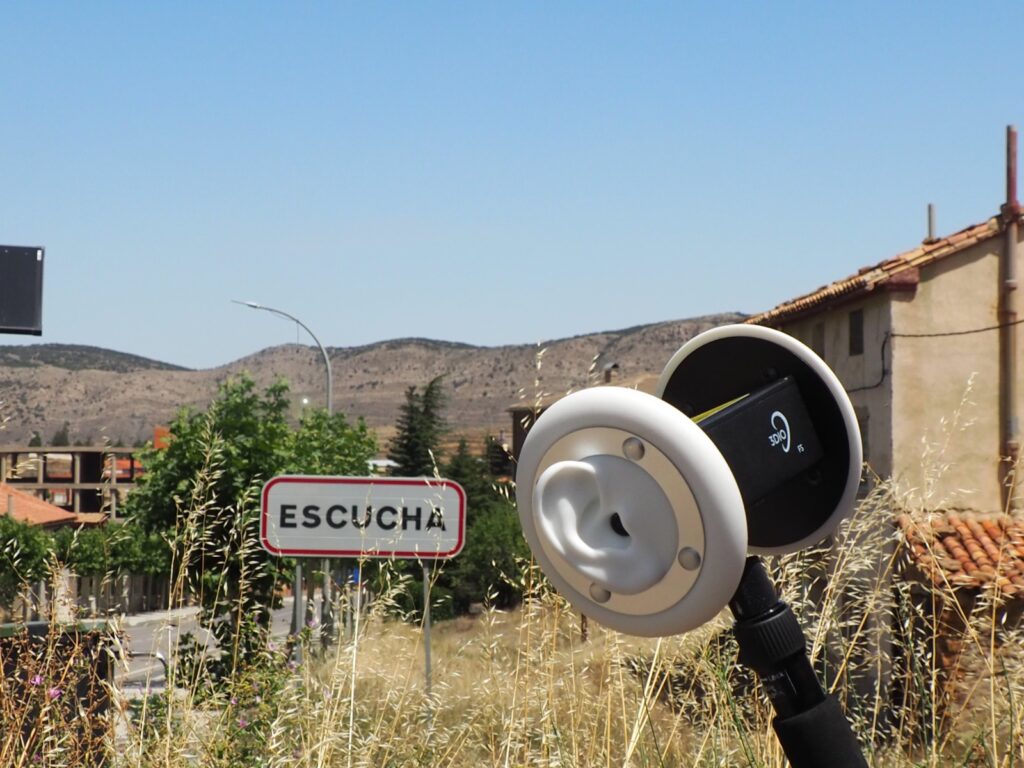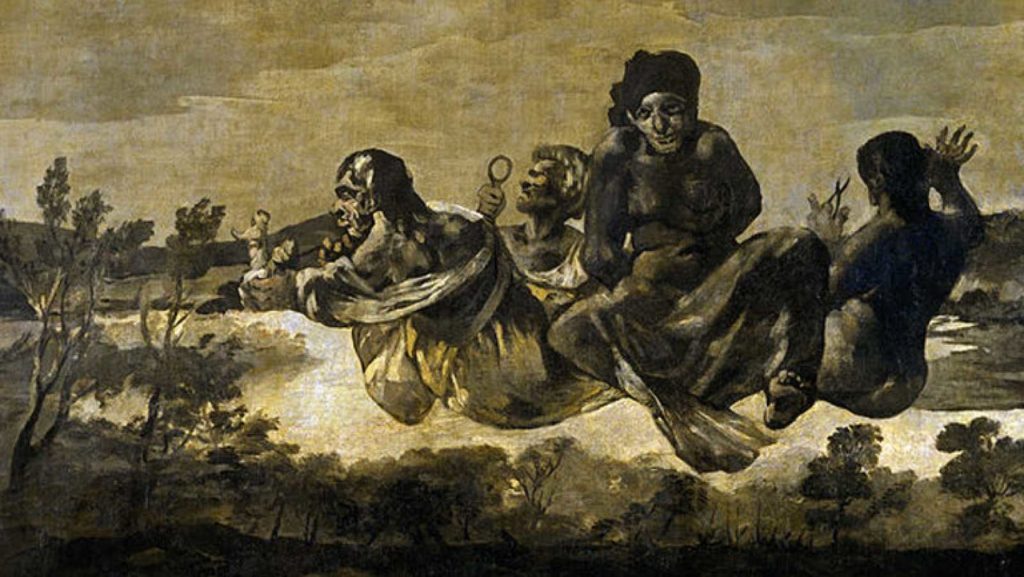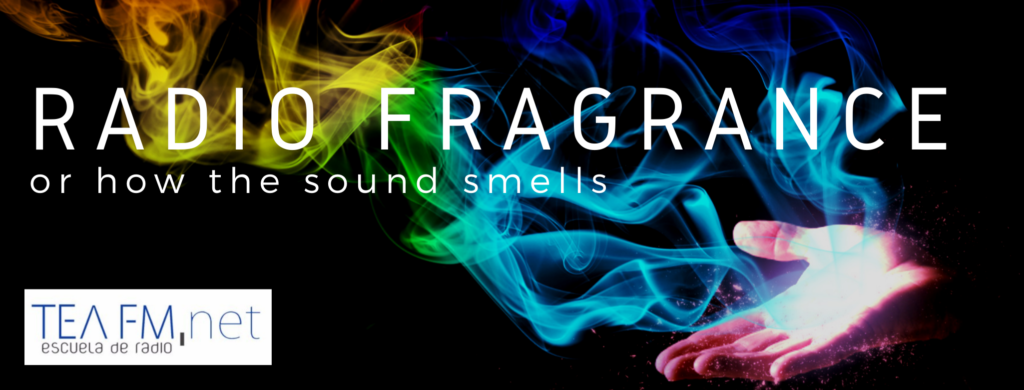SHOW 1075: TEA FM. Autumn in Sobrarbe
Soundscapes recorded at Bielsa, Pineta and Chisagüés 23-25 october 2025.
In the spring of 1745, Johann Sebastian Bach, weary from years of composing and performing across Germany, embarked on an unexpected journey south. Rumors of the vibrant music and golden light of Andalusia had reached Leipzig, whispered by travelers and fellow musicians. Intrigued and seeking inspiration, Bach set his sights on Seville.
Upon arriving, the composer was struck by the city’s intoxicating mix of Moorish architecture, orange blossom-scented air, and the ever-present rhythm of flamenco echoing through cobbled streets. He was welcomed by local musicians, curious about the German master whose music, though foreign to them, stirred something familiar in their souls.
One evening, in a small courtyard lit by lanterns, Bach joined a gathering of Spanish guitarists and singers. They played bulerías and soleás, their hands moving like fire across strings and palms. Bach, fascinated, responded with improvisations on his clavichord, echoing the passionate melodies with Baroque flourishes. The music transcended language. In those moments, the sacred and the earthly met.
Before leaving Seville, Bach climbed the Giralda tower. From its heights, he gazed across the red rooftops and the Guadalquivir River, listening to the distant strum of guitars. He did not write down what he heard—but in his final compositions, there would linger a warmth, a rhythm, and a hint of Spain that no one could quite explain.
And so, though unrecorded in history, Seville left its mark on the master of counterpoint—just as his music left echoes in the alleys of Andalusia.
Based on the show “Improbach. The Intangible Infinite”
Dance–Choreography–Texts: Alba Lucera
Piano: Pierre Mancinelli
Sound Design: Chuse Fernandez
Time travel has long been a tantalizing concept in both science fiction and theoretical physics. While we often imagine time travel as a physical journey through past and future landscapes, it can also be experienced in a more abstract yet profound way—through sounds.
Sounds of the Past
The past resonates with echoes that we can sometimes recreate or reimagine. Ancient musical instruments, historical recordings, and even the ambient noise of a bygone era—such as the clatter of horse-drawn carriages or the crackle of early radios—allow us to immerse ourselves in history. Time capsules of sound, like phonographs and vinyl records, are portals to another time. Through these, we don’t just hear the past; we feel its texture and rhythm.
Imagine walking into a cathedral where Gregorian chants are sung exactly as they were centuries ago. In that moment, the separation between now and then dissolves. Similarly, technologies like audio restoration bring forgotten voices and music back to life, giving us a sensory experience of eras we’ve never lived.
Sounds of the Future
The future, by contrast, is harder to predict. What will the world sound like in 50 or 100 years? Speculative sound design in films and media offers some possibilities—mechanical drones, synthetic symphonies, and alien languages. Advances in technology might also bring us auditory experiences we can’t yet conceive, like music tailored to our emotions in real-time or soundscapes of entirely virtual worlds.
The idea of time travel through sound becomes even more fascinating when paired with concepts like acoustic archaeology or audio synthesis. Could we someday accurately recreate the voice of a long-dead figure based on historical data? Could we design sounds that represent the potential noises of a future city or a space station?
Living Between Past and Future
We live at an intersection of temporal sounds. While digitized archives allow us to dive into historical audio, modern soundscapes are already capturing this era for future generations. Every recording, from a bustling city street to a personal podcast, becomes a thread in the fabric of history.
Time travel, then, doesn’t require a machine. It requires listening—tuning into the echoes of the past and the imagined vibrations of what’s to come. Sounds are a bridge, a timeline written not in years but in waves and frequencies. What does your time sound like? What echoes will you leave behind?
 World Listening Day is an annual celebration held on July 18 to promote the importance of conscious and attentive listening in daily life. This event is organized by the World Listening Project, an organization dedicated to education and research on sound and listening.
World Listening Day is an annual celebration held on July 18 to promote the importance of conscious and attentive listening in daily life. This event is organized by the World Listening Project, an organization dedicated to education and research on sound and listening.
The goal of World Listening Day is to raise awareness about the acoustic environment, fostering a greater awareness of the sounds around us and how they influence our lives and the environment.
This day also aims to highlight the importance of listening as a tool for understanding and connection between people, as well as for environmental care, helping to identify and mitigate noise pollution and other sound-related issues.
The celebration includes activities such as soundwalks, field recordings, workshops, concerts, and other forms of sound-related art and education.
This year, we went to the town of Escucha in the Bajo Aragón region, in the Cuencas Mineras district, to honor the name of the town and… listen.

Radio art is an aural art form made with sound. Artists use radio technology (i.e. radio transmission, airwaves) to communicate artistic compositions for interpretation – exposing their audience to alternate means to experiencing their art through sound verses visualization.
Radio Art contributes to new media art – a digitally driven art movement growing in response to the informative technological revolution we live in. “From the artist’s point of view radio is an environment to be entered into and acted upon, a site for various cultural voices to meet, converse, and merge in. These artists cross disciplines, raid all genres and recontextualize them into hybrids.”
This piece is a compendium of works carried out in the Sound Art course of the TEA FM Radio School held in Zaragoza in the spring of 2023.

Artificial Intelligence is surrounding our lives almost without realizing it. Perhaps we are at that turning point and even of “no return”.
What we are going to listen to next is a simple experiment in which we are going to talk about train travel with an AI. Will we be able to engage in a real conversation or, on the contrary, will we be talking to a mirror or one of those talking dolls with engraved phrases?
We are watching the death of art take place before our eyes. If creative jobs are no longer safe from machines, even the most highly skilled jobs are in danger of becoming obsolete. What will we have left?
Revered Canadian composer and author R. Murray Schafer has died Aug. 14 after a long battle with Alzheimer’s disease at age 88.
Regularly described by colleagues as a man of extraordinary innovation and communicative ability, Schafer was one of Canada’s most prominent composers.
His works reflected an interest in myth, ritual, audience participation, and ecology and environmentalism’s aural elements. His best-known works were large, ambitious outdoor pieces that incorporated elements from the environment as an integral part of the performance. Examples include The Princess of the Stars that premiered in 1981 by New Music Concerts, and Music for Wilderness Lake, written for 12 trombonists spaced around a lake.
Many of his ideas were informed by a lifelong fascination with the “soundscape”, a term coined by Michael Southworth, and popularised by R. Murray Schafer in his influential book The Tuning of the World, published in 1977.
The book followed the World Soundscape Project (WSP), which he founded while teaching at Simon Fraser University in 1969. “[WSP grew out of Schafer’s initial attempt to draw attention to the sonic environment through a course in noise pollution, as well as from his personal distaste for the more raucous aspects of Vancouver’s rapidly changing soundscape,” writes colleague Barry Truax.
A TEA FM Radio School Production/Chuse Fernandez
Francisco de Goya es considerado uno de los más grandes artistas de la historia, considerado como el padre del Arte Contemporáneo. Este año 2021 se conmemora el 275 aniversario del nacimiento de este aragonés universal.
Es indudable que Francisco de Goya fue un artista en continuo contacto con las ideas de su tiempo, y de forma más concreta con las ilustradas, a través de todos sus canales usuales de difusión: las tertulias, las relaciones de amistad, las obras literarias o la prensa periódica.
Descubramos a través de la combinación de inspiraciones sonoras basadas en las Pinturas Negras de Goya, el camino variante de la luz, como nacimiento de una fuerza similar a la vida, atravesando las etapas ineludibles del enigma en que radica la existencia tal y como la experimentamos. Desde la génesis hasta las estancias que nos desentrañan, alcanza las tinieblas del sueño, para aproximarse a su final. Donde todo concluye y desaparece. Aunque bien pudiera ser que emergiera en algún tiempo, más allá de la conciencia.

Francisco de Goya is considered one of the greatest artists in history, considered the father of Contemporary Art. This year 2021 marks the 275th anniversary of the birth of this universal Aragonese.
There is no doubt that Francisco de Goya was an artist in continuous contact with the ideas of his time, and more specifically with the illustrated ones, through all his usual channels of diffusion: social gatherings, friendship relations, literary works or the periodical press.
Let us discover through the combination of sound inspirations based on Goya’s Black Paintings, the variant path of light, as the birth of a force similar to life, going through the inescapable stages of the enigma in which existence lies as we experience it. . From the genesis to the rooms that unravel us, it reaches the darkness of the dream, to approach its end. Where everything ends and disappears. Although it could well be that it emerged at some time, beyond consciousness.
GOYA 275. A TEA FM Radio School Production.
Voice: Luis Trebol
Sound Design: Chuse Fernandez

Smell UK:*/ˈsmɛl/US:/smɛl/ ,(smel)verb (used with object), smelled or smelt, smell·ing.
The past form “smelt” is mainly used in UK English. It is correct in US English, but rare.
verb (used without object), smelled or smelt, smell·ing.
noun
smells
v 3rd person singular
smelling
v pres p
smelled
v past (US & UK)
smelt
v past (Mainly UK)
smelled
v past p (US & UK)
smelt
v past p (Mainly UK)
RADIO BROADCASTING. It is a transmission of audio (sound), sometimes with related metadata, by radio waves intended to reach a wide audience. … Stations are often affiliated with a radio network which provides content in a common radio format, either in broadcast syndication or simulcast or both.
FRAGRANCE – a sweet or pleasant odour. heady – strongly aromatic, pungent, rich, intoxicating, spicy, piquant – not a mild smell. heavy – a sweet and strong smell. intoxicating – A smell that exhilarates, disorients, or excites. laden – a literary word that describes a strong smell.
This is a radio show produced in the Creative Radio Production and Broadcast Course at TEA FM Radio Workshop in November 2020.